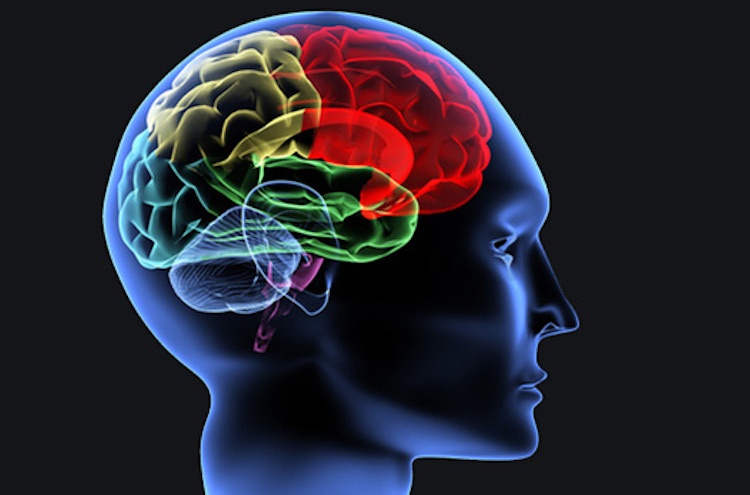
What does brain death mean? For the first time five federations came together to develop a consensus statement
Determining brain death needs precise guidelines. Five federations have come together to set new international recommendations to bring worldwide consensus to determining brain death in adults and children.
Gene Sung, MD, MPH, of the University of Southern California, is the corresponding author of the World Brain Death Project consensus statement published in JAMA. He reports that the guideline is an effort to “improve the rigour of and minimize diagnostic errors in brain death, or death by neurologic criteria”. The study centers involved, there are the University of California San Francisco, the Harvard University, the University Langone Medical Center in New York City, the American Academy of Neurology and the Society of Critical Care Medicine.
Brain death – Everything started from a question: How do you determine if someone is dead?
Dr Sung affirmed this is the first time five different world federations have come together to help develop and endorse a consensus statement about brain death or death by neurologic criteria (DNC).
Multiple professional societies including the Society of Critical Care Medicine have endorsed it. The American Academy of Neurology was the one which called for uniform brain death laws, policies, and practices in its 2019 position statement. Death by neurologic criteria has been incorporated into legal standards in the US for death in every state following the Uniform Determination of Death Act (UDDA).
Ariane Lewis, MD, of New York University Langone Medical Center in New York City, and co-authors, in an editorial published in JAMA Neurology, affirmed this os a very important legal innovation. They affirm that the only “true death” is death by cardiopulmonary criteria.
Lewis and co-authors wrote also that continuing hormonal functions in an individual who is comatose has absent brainstem reflexes. This person is unable to breathe spontaneously indicates that the person is not dead under the UDDA because they have not lost ‘all functions of the entire brain. As a result, a person could be declared dead at one hospital yet alive at another.
How the consensus statement on brain death can be developed?
Sung and co-authors conducted literature searches from January 1992 through April 2020 in order to create their consensus statement.
Authors write that the determination of brain death/DNC is a clinical diagnosis, and given the implications and consequences of this diagnosis, a conservative approach and criteria are recommended.
The diagnosis begins by establishing a clinical history. Etiology, and neuroimaging demonstrate the person has experienced an irreversible devastating brain injury leading to loss of all brain functions, and there are no confounders that could make the person appear to have irreversible brain injury when that’s not the case.
Brain death/DNC can be determined with a clinical examination that demonstrates coma, brainstem areflexia, and apnea. This is seen when:
- There’s no evidence of arousal or awareness to maximal external stimulation, including noxious visual, auditory, and tactile stimulation
- Pupils are fixed in a midsize or dilated position and are nonreactive to light
- Corneal, oculocephalic, and oculovestibular reflexes are absent
- There’s no facial movement to noxious stimulation
- The gag reflex is absent to bilateral posterior pharyngeal stimulation
- The cough reflex is absent to deep tracheal suctioning
- There’s no brain-mediated motor response to noxious stimulation of the limbs
- Spontaneous respirations aren’t seen when apnea test targets reach pH below 7.30 and PaCO2 equal to or above 60 mm Hg
Special consideration is needed for children, for patients receiving extracorporeal membrane oxygenation, and for those receiving therapeutic hypothermia, for example. The guidelines recommend that consent not be required for apnea testing because of concerns over prolonged somatic support, challenging an emerging trend of families objecting to apnea tests, noted Wade Smith, MD, PhD, of the University of California San Francisco.
One issue is highlighted by the legislation of a country like Michigan. Law established that “if passed, physicians may be required to gain consent from surrogates before testing for apnea”, Smith stated. The proposed legislation is predicated on Simon’s Law — now adopted in Missouri, Kansas, and Arizona — that requires physicians to involve family members in end-of-life decisions, “an ethic that is sensible,” he wrote again.
So, what does the World Brain Death Project need?
As Robert Truog, MD, MA, of Harvard University, and co-authors report, the World Brain Death Project guidelines serve as a foundational report for all clinicians involved in determining brain death.
The important limitation to this consensus document is a lack of high-quality data from randomized clinical trials or large studies prevented the use of GRADE, AGREE, or other formal analytic techniques. This is what Sung and co-authors noted. Another is that the group developed recommendations without including patient partners or direct input from diverse social and religious groups, which could impede the outcome of this process.

